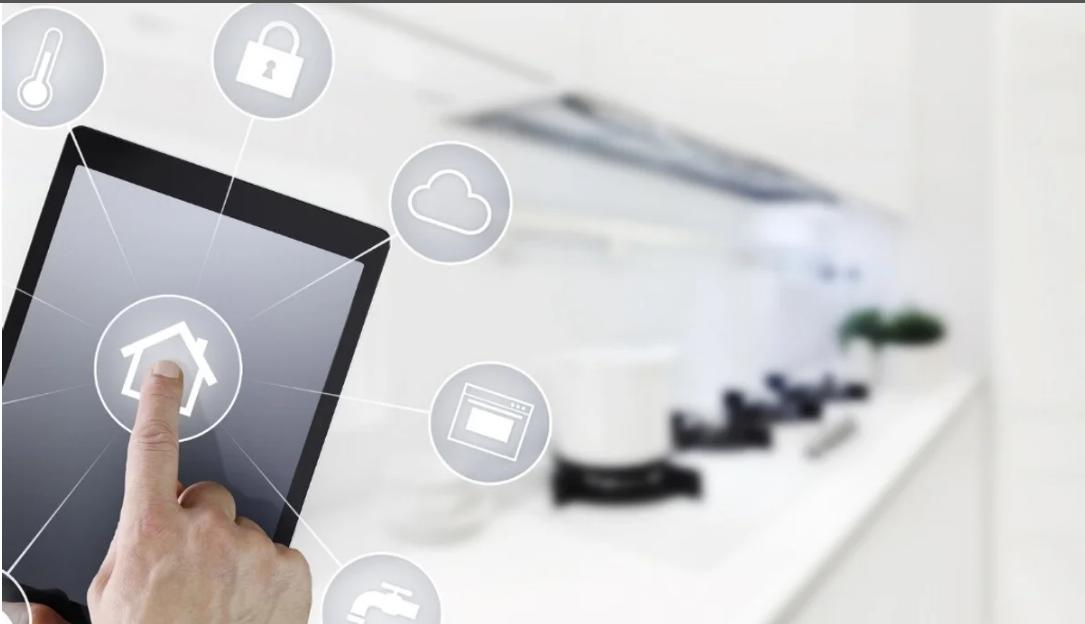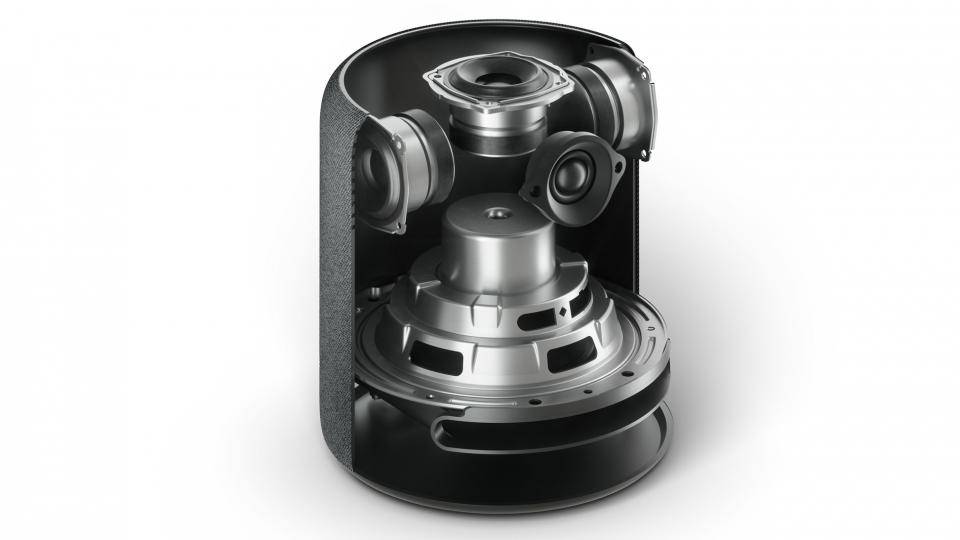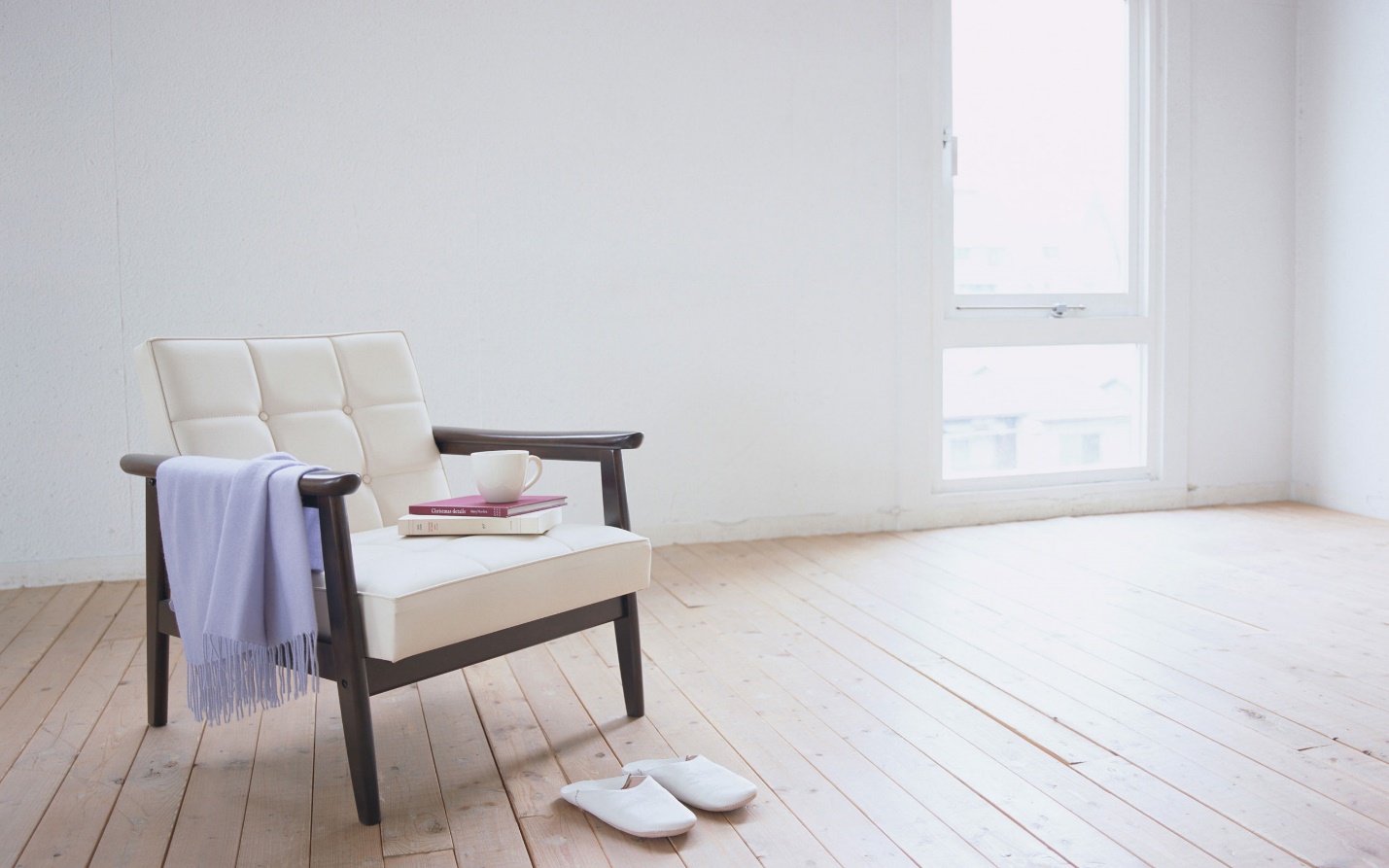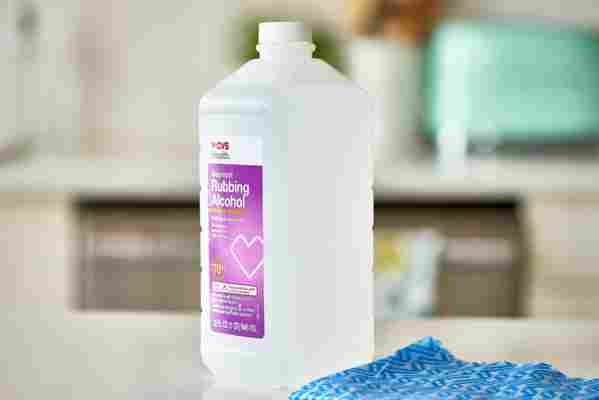
When you’re worried about getting sick, it’s natural to bring out the big guns, like bleach or rubbing alcohol. Both of these products are effective at disinfecting your surfaces , but did you know there’s a counter-intuitive rule of thumb to follow when you clean with alcohol ? It has to do with the percentage of alcohol by volume.
You would think alcohol solutions with a higher percentage would be more powerful at killing germs on your high-touch items like phones and doorknobs, right? A lower percent-alcohol means there’s more water diluting the mix in the bottle. But according to microbiology, 70 percent alcohol is probably more effective than 91 percent for disinfecting —depending on what kind of germs you’re trying to kill.
Here’s why a lower-percentage alcohol might be a better weapon against germs:
According to Dr. Elizabeth Scott , professor of microbiology at Simmons Center for Hygiene and Health in Home and Community at Simmons University in Boston, higher-percentage alcohols are more concentrated. That means lower percentages, like 70 percent, have more water in them. Turns out, the water is actually an important ingredient here.
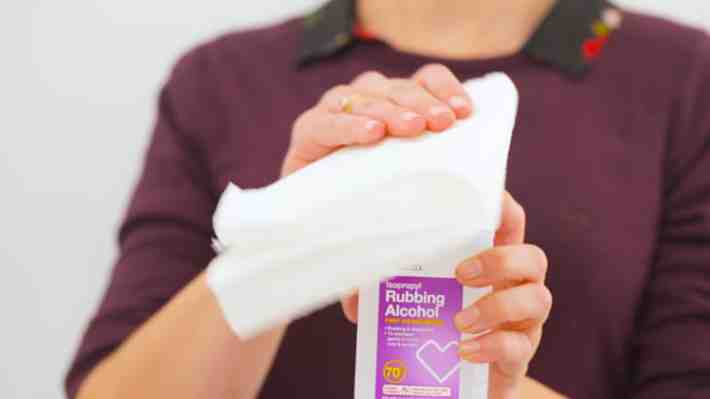
Basically, a 90 or 91 percent alcohol solution is too powerful in some cases: It fries the outside of the cell before it can get into the inside and kill the actual germ. 70 percent alcohol is just the right proportion of water and alcohol to zap the entire cell. “Seventy percent alcohol has some water in it that allows it to cross a cell membrane, to really get into the bacteria to kill them,” Scott says.
Interestingly, Scott explains this rule of thumb only applies when you’re attempting to fend off bacteria. Alcohol’s effectiveness against viruses depends on the unique virus. Viruses with an envelope structure — including the flu virus, the common cold, HIV, and SARS-CoV-2 (the virus that causes COVID-19) — can be deactivated by alcohol solutions (like hand sanitizer) of 60 percent or more , while others like norovirus won’t be effectively targeted by any concentration of alcohol. (Hand-washing helps to physically remove every type or virus and bacteria from your hands, and is an important part of any hygiene routine.)
Practically, how does this rule-of-thumb apply to home hygiene? If you’re cutting raw chicken on the counter and want to effectively disinfect the surface to prevent cross-contamination of E. coli and salmonella bacteria, you’d want to opt for 70 percent alcohol. But if you’re trying to disinfect a surface that might have viruses lingering on it — for example, if someone in your house has the flu — any dilution of alcohol will work as long as it’s above the recommended 60 percent.
In any case, it’s important to focus on hygiene practices like thorough hand washing (20 seconds of scrubbing each time!) and targeted hygiene (regularly disinfecting high-traffic hand-contact areas in your home, especially if someone sick has touched them). Stay healthy!
Read all of Apartment Therapy’s disinfecting coverage .
